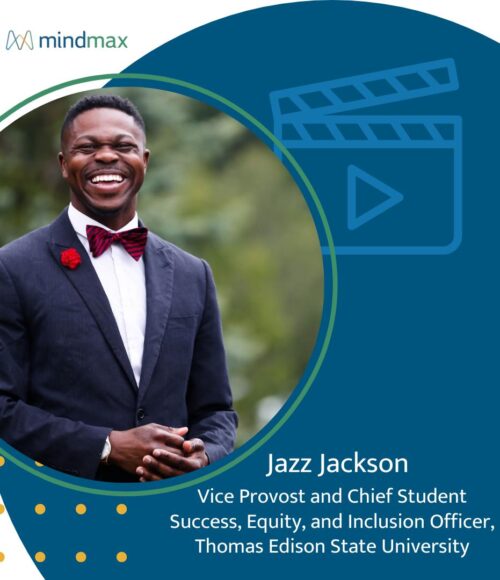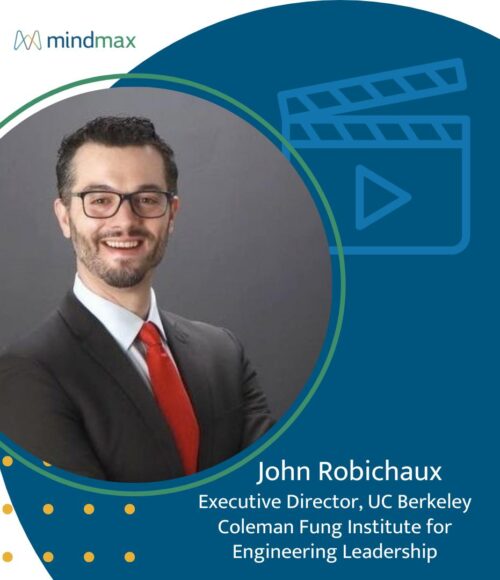Are You Unconsciously Excluding Potential Students?
Are You Unconsciously Excluding Potential Students?
As the post-election battle drags on and the political polarization of our country continues, I can’t help but wonder: Aren’t we all in this together?
In higher ed, we talk a lot about accessibility of education, how a college degree can fundamentally change the trajectory of a student’s life. We believe learning opens doors and offers opportunities. But in some cases, those same lofty ideals are inadvertently driving away or excluding students who we’d like to bring into the fold.
Unconscious Exclusion
In the last few years, we’ve become painfully aware of human tendencies like unconscious bias and a preference for people who look and think like us. We know we’re each trapped in an echo chamber based on the news we read or the people we follow online.
What we don’t always know is how to step out of that bubble and start listening to the people who don’t look and think like us. That requires being uncomfortable, and it requires deep thinking about how one’s mission must align with one’s actions.
Politicizing Education
The red/blue clash of our political map has grown increasingly stark, and higher ed has gotten caught up in the fray. For many in this country, colleges are seen as both elitist institutions and irrelevant to their lives.
While there’s no doubt some political calculation behind that shift in perception, it’s still worth examining. There are grains of truth in those accusations of elitism, which usually run counter to a school’s stated mission. Colleges are meant to be safe spaces for discussion and even disagreement: are educators willing to ignore the huge percentage of the population that doesn’t think the way they do?
Who Does Your School Really Speak To?
Whether it’s the copy in a digital ad or the culture of the campus itself, your school has the opportunity to help potential students feel seen, heard, and understood. Here are several ways you may be including—or unconsciously excluding—prospects:
- Language. Choose basic, straightforward communication over academic jargon to make programs (especially entry-level ones) more accessible.
- Accessibility. On that note, consider how someone with accessibility issues would navigate your website, connect with a representative, or fill out an application.
- Visual Representation. If a prospective student looked at photos on promotional materials, would they see themselves represented in terms or age, gender, race, ethnicity, style of dress?
- Course and Program Naming. If you want to attract adult learners in particular, choose course and program names that connect back to the marketplace and the professional world.
- School Culture. Know thyself! Understand who your school is and make sure that your marketing, for example, helps a student set accurate expectations about their experience at your institution.
Are Brand Identity and Inclusion at Odds?
Having a strong brand identity is a core concept in marketing, but it doesn’t need to conflict with building a more diverse student body. We’ve even worked with institutions who are explicitly exclusive in their undergraduate branding but have an extension school or adult learning division that needs to reach a wider audience.
If your school is trying to grow, then by definition you need to attract more students. Instead of fishing in the same ponds as every other school, work consciously to broaden your appeal to prospective populations that aren’t yet ‘seeing’ themselves at your institution.
Higher Ed’s Future
Colleges and universities have often been on the leading edge of inclusivity, even before we viewed the world in those terms. In my opinion, there’s never been a more important time to take that leadership mantle and provide opportunities and messaging that connect with a broader population.
The challenge, of course, is how to lead and engage a population that may not feel connected to your message—or even resistant to what you have to offer. The answers lie in doing the deep work, as individuals and as institutions, of examining our own beliefs, identifying and acknowledging our unconscious biases and oversights, and looking for common bonds and themes. Schools can hold space for disagreements and diverse beliefs; doing so will benefit both the institutions themselves and the students they serve.
If you’d like to discuss inclusion as part of your school’s marketing and enrollment strategy, contact us to speak with a member of the MindMax team.
Related Ideas
Jazz Jackson Wants to Help Every Student Finish What They Start

John Robichaux Wants Lifelong Learning to Drive Public Impact


